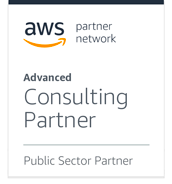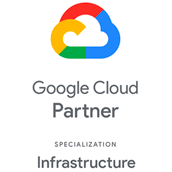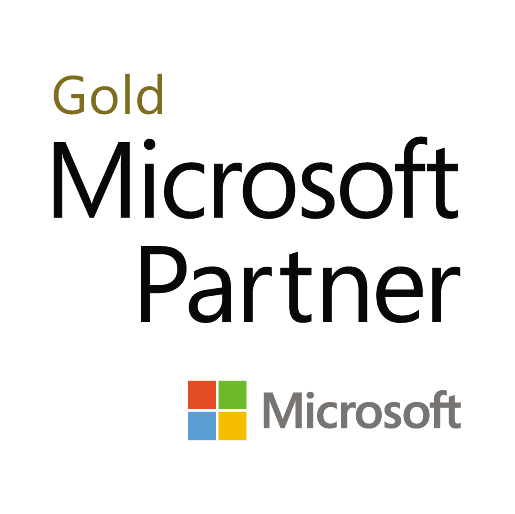HITRUST
The Health Information Trust Alliance (HITRUST) is an organization governed by representatives from the healthcare industry. HITRUST created and maintains the Common Security Framework (CSF), a certifiable framework to help healthcare organizations and their providers demonstrate their security and compliance in a consistent and streamlined manner.
Help with HITRUST!
1. About HITRUST
Purpose
The Common Security Framework (CSF), which builds upon HIPAA and the HITECH Act, integrates healthcare-specific security, privacy, and regulatory mandates from frameworks like PCI-DSS, ISO/IEC 27001, and MARS-E. HITRUST compliance, on the other hand, offers a standardized and thorough method for healthcare organizations to mitigate security risks and protect sensitive data such as PHI, EHR, and PII. By incorporating HITRUST's benchmark and certification process, the CSF enables cloud service providers and covered health entities to gauge their compliance effectively against established standards, ensuring the secure handling and safeguarding of individually identifiable health information.
Protecting Sensitive Data
Healthcare organizations handle a vast amount of sensitive data, including protected health information (PHI), electronic health records (EHR), and personally identifiable information (PII). The primary purpose of HITRUST compliance is to help these organizations safeguard this sensitive data from unauthorized access, breaches, and misuse
Ensuring Regulatory Compliance
Healthcare organizations are subject to numerous regulatory requirements, such as the Health Insurance Portability and Accountability Act (HIPAA) in the United States and the General Data Protection Regulation (GDPR) in the European Union. HITRUST compliance helps organizations ensure compliance with these and other regulatory requirements by providing a comprehensive framework that incorporates relevant standards and regulations
Standardizing Security Practices
HITRUST offers the Common Security Framework (CSF), which integrates and harmonizes various security standards and requirements, such as NIST, ISO, HIPAA, and others. By adhering to the CSF, organizations can standardize their security practices and ensure consistency in how they manage security risks across their operations
Managing Security Risks
The CSF provides a systematic approach to identifying, assessing, and mitigating security risks. HITRUST compliance helps organizations proactively manage their security risks by implementing appropriate controls and measures to protect against threats such as cyberattacks, data breaches, and insider threats
Demonstrating Commitment to Security and Privacy
Achieving HITRUST certification demonstrates an organization's commitment to protecting sensitive data and maintaining the highest standards of security and privacy. HITRUST certification serves as a tangible proof of an organization's efforts to implement robust security measures and comply with regulatory requirements, enhancing trust and confidence among stakeholders, including patients, partners, and regulators.
Enhancing Trust and Assurance
HITRUST compliance helps organizations build trust and assurance with stakeholders by demonstrating their commitment to data protection and security. This can be particularly important in the healthcare industry, where patients entrust organizations with their sensitive medical and personal information.
2. Security Requirements
CSF Domains
The HITRUST Common Security Framework (CSF) consists of several domains or control categories that outline the security and privacy requirements for organizations handling sensitive data, particularly in the healthcare industry. These domains cover various aspects of information security, risk management, and regulatory compliance. Here are the HITRUST CSF domains
Information Protection Program: Establishing and maintaining an information protection program to ensure the confidentiality, integrity, and availability of sensitive information.
Endpoint Protection: Implementing measures to secure endpoints, such as desktops, laptops, mobile devices, and servers, against unauthorized access and malware
Portable Media Security: Ensuring the secure handling and use of portable media devices, such as USB drives and external hard drives, to prevent data breaches and unauthorized disclosures.
Mobile Device Security: Implementing security controls to protect mobile devices, including smartphones and tablets, from security threats and unauthorized access
Wireless Security: Securing wireless networks and devices to prevent unauthorized access and protect against wireless security threats, such as rogue access points and eavesdropping.
Configuration Management: Establishing and maintaining configuration management processes to ensure the secure configuration of systems and devices and prevent unauthorized changes.
Vulnerability Management: Implementing processes to identify, assess, and remediate vulnerabilities in systems and applications to reduce the risk of exploitation by attackers.
Network Protection: Implementing measures to protect network infrastructure, such as firewalls, intrusion detection/prevention systems, and network segmentation, to prevent unauthorized access and data breaches.
Transmission Protection: Implementing encryption and other security controls to protect data during transmission over networks, including the internet and internal networks.
Password Management: Implementing password policies and controls to ensure the secure management and use of passwords by authorized users and prevent unauthorized access to systems and data.
Access Control: Implementing access controls to restrict access to sensitive data and systems based on user roles, privileges, and least privilege principles.
Audit Logging and Monitoring: Implementing logging and monitoring mechanisms to track and analyze security events and activities, detect unauthorized access and security incidents, and facilitate incident response and forensic investigations.
Education, Training, and Awareness: Providing education, training, and awareness programs to employees and users to raise awareness of security threats and best practices and promote a culture of security within the organization.
Incident Management: Establishing incident management processes to detect, respond to, and recover from security incidents and data breaches in a timely and effective manner.
Business Continuity and Disaster Recovery: Developing and maintaining business continuity and disaster recovery plans to ensure the availability of critical systems and data in the event of disruptions, disasters, or emergencies.
Third-Party Security: Implementing security controls and oversight measures to manage the risks associated with third-party vendors and service providers who have access to sensitive data or provide services to the organization.
Physical and Environmental Security: Implementing physical and environmental controls to protect facilities, equipment, and sensitive information from unauthorized access, theft, damage, and environmental hazards.
Data Protection and Privacy: Implementing measures to protect the privacy and confidentiality of sensitive data, including personal health information (PHI), personally identifiable information (PII), and other sensitive information, in accordance with applicable privacy laws and regulations
Risk Management: Implementing a risk management framework to identify, assess, mitigate, and monitor risks to the organization's information assets and operations, including security risks, compliance risks, and operational risks.
Our partners
Google Cloud, Amazon AWS, Microsoft Azure, and Kubernetes trust us to implement their technologies in for our clients.



